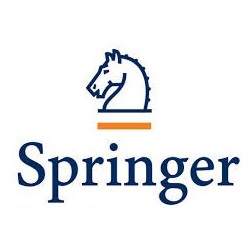Summary
A complete ancestral history of the recently developed and closely related South African commercial sugarcane varieties N11 and NCo376, which differ markedly in their response to sugarcane mosaic virus (SCMV), was elucidated from archival records. The genealogy spans seven generations, starting with early intraspecific crosses between varieties of Saccharum officinarum and interspecific crosses between S. officinarum and either S. spontaneum or S. barberi. In total, the genealogy comprises 38 different varieties. Nineteen of these, representing all seven ancestral generations, were found to be available in local germplasm collections. Genomic DNA samples from N11 and NCo376 respectively were screened for polymorphisms using the PCR-RAPD technique. Ten polymorphic fragments ranging in molecular size from 317 to 1263bp were identified from a total of 1159 loci amplified with 100 random decamer primers. Two of the 10 polymorphic fragments were shown to be consistently present in N11 (resistant) and absent in NCo376 (susceptible), while 8 showed the reverse occurrence. The primers producing the polymorphisms were used to screen genomic DNA samples from all 19 varieties representing the genealogy. Results have indicated that (1) specific PCR-RAPD generated polymorphic fragments can indeed be identified across the seven generations; (2) certain fragments are sufficiently definitive to be used as markers to trace parentage; (3) the validity of documented crosses and/or the authenticity of germplasm material may be questioned using this technique, and (4) there is the potential to subject the markers to linkage analysis once a full and accurate assessment of the SCMV resistance phenotype is obtained.








